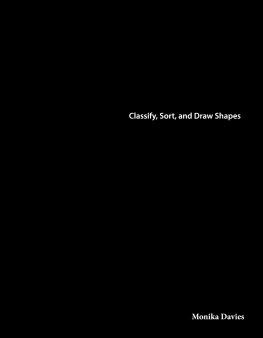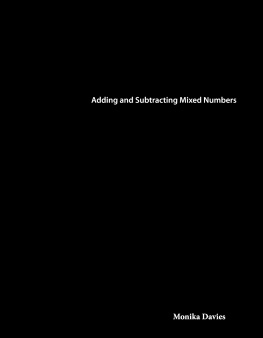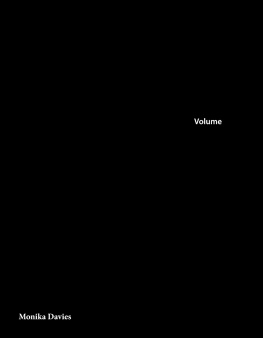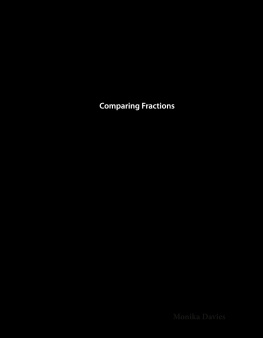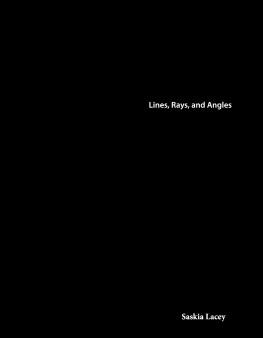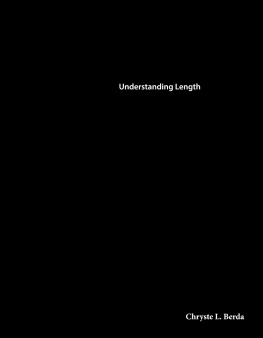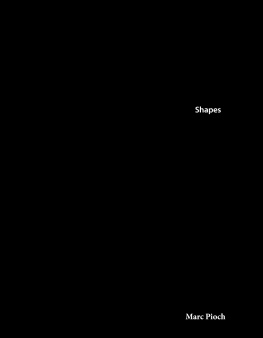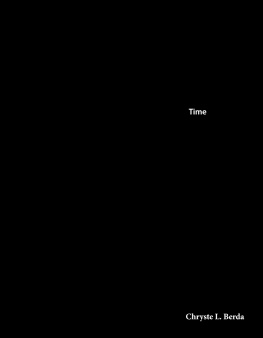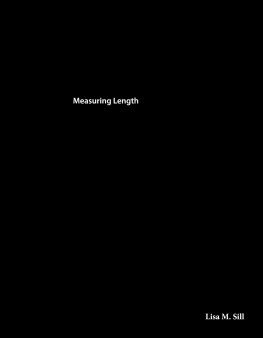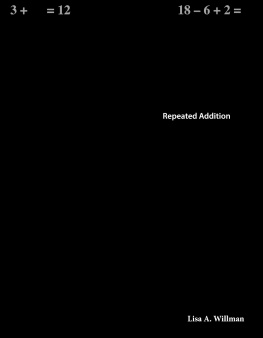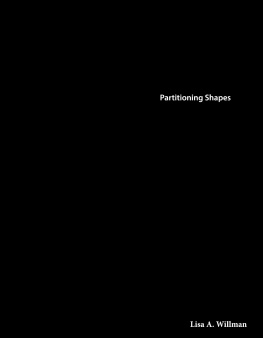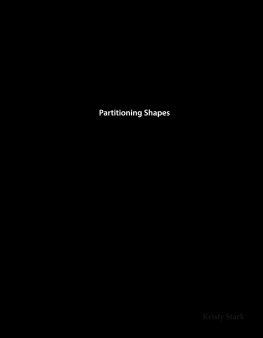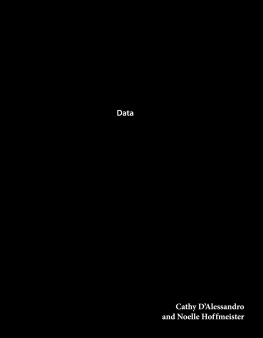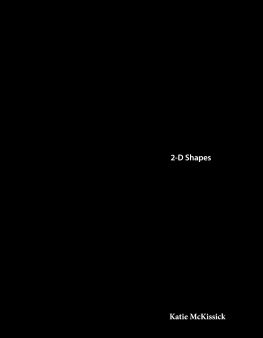0covercover.xhtmlcover1page0001page0001.xhtml22page0002page0002.xhtmlArt and Culture The British Museum Classify, Sort, and Draw Shapes33page0003page0003.xhtml44page0004page0004.xhtmlTable of Contents The Shape of History 4 Triangles 6 Quadrilaterals 10 Pentagons and Hexagons 20 Cubes 24 Shaping the Past 26 Problem Solving 28 Glossary 30 Index 31 Answer Key 3255page0005page0005.xhtmlThe Shape of History Welcome! This is the British Museum. It is in London, England. The museum first opened in 1759. That was more than 250 years ago! The museum is one of the best places to see history up close. There are many objects here. Gorgeous paintings hang on the walls. Old sculptures line the walkways. There is so much to see! People spend hours here. The British Museum is built for exploring. People can go on shape hunts! They can look for hidden shapes in the museum. Guests see if they can spot them all! The Egyptian section of the museum has many statues and works of art.66page0006page0006.xhtmlthe British Museum77page0007page0007.xhtmlTriangles The museum has a grand entrance. A huge courtyard extends in front. Tall Greek columns loom over people as they walk in. At the top of the entrance is a pediment. Pediments used to be at the tops of temples in Greece. They were decorated with pretty sculptures. They tell what the building is used for. The British Museum's pediment shows people learning. That is what the museum is used for to help people learn! Do you see a hidden shape? Look at the shape around the pediment. Count the number of sides and angles. There are three sides. And, there are three angles. This first hidden shape is a triangle! pediment88page0008page0008.xhtmlentrance to the British Museum99page0009page0009.xhtmlThe best place to start is at the museum's center. This is called the Great Court. It is a huge space that links all of the museum's galleries. At the center of the court is the world-famous Reading Room. Above the Great Court is a beautiful glass ceiling. Light pours in on sunny days. There are hidden shapes in this ceiling. Do you see more triangles? They look different from the pediment because of their size. But each one has three sides and three angles. That means they are triangles. Great Court1010page0010page0010.xhtmlLET'S EXPLORE MATH You can see many triangles in the Great Court's ceiling. Which of these shapes are triangles?1111page0011page0011.xhtmlQuadrilaterals It is time to head farther into the museum on a search for quadrilaterals. These shapes have four sides and four angles. You see them every day. A piece of paper is a quadrilateral. So are book covers. Quadrilaterals can go by other names, too. Some of them are squares. Some of them are rectangles. Look around. Do you see these shapes? The entrance to the Egyptian section has many quadrilaterals.1212page0012page0012.xhtmlThe bricks on this monument form quadrilaterals.1313page0013page0013.xhtmlRoyal Game of Ur Go upstairs to see one of the world's oldest board games. The Royal Game of Ur is about five thousand years old. It is a museum highlight. To win the game, you have to get your game piece to the other side of the board. Do you see the shapes in the board game? They have four sides and four angles. That makes them quadrilaterals. All four sides are the same length, which means these shapes are squares. Royal Game of Ur1414page0014page0014.xhtmlStudents on a field trip play on a life-size version of the Royal Game of Ur.1515page0015page0015.xhtmlMuseum Money The British Museum has some short-term displays. That means people can only see them for a few months. They often focus on things from around the world. Red envelopes called hongbao (HAWNG-bau) were once on display. They are a Chinese New Year custom. The giver puts money inside. They are a way to share blessings. Hongbao are always red. Red is a lucky color in Chinese culture. Can you spy the quadrilateral? This shape has four sides and four angles. One pair of sides is longer than the other pair. This shape is a rectangle. Hongbao is given as a gift.1616page0016page0016.xhtmlhongbao1717page0017page0017.xhtmlRoman Art Have you ever wanted to go back in time? The British Museum can help! Here, you can travel back to ancient Rome. The museum has a huge gallery for this time period. You can see statues from thousands of years ago. You can also see Roman mosaics, which are made from tiles. The tiles have three quadrilaterals. They each have four sides and four angles. Like the hongbao, the outer shape is also a rectangle. Roman mosaic1818page0018page0018.xhtmlThis Roman statue stands in front of the Great Court.1919page0019page0019.xhtmlBeautiful Brooches You can also search for treasure in the museum! There are thousands of pieces of jewelry from all over the world. Some are called brooches (BROCH-ehz). Brooches are pins that people wear on their clothes. The ones in the museum are more than 1, 500 years old. Do you see the hidden shape in the pin's red stones? These are called trapezoids. Trapezoids have four sides and four angles. They have a pair of parallel sides, too. But these shapes have a look all their own! Kentish brooch2020page0020page0020.xhtmlLET'S EXPLORE MATH There are many quadrilaterals in the British Museum. Are these shapes squares, rectangles, or trapezoids? 6. What features do all quadrilaterals have in common? Museum guests look at Kentish brooches and other pieces.2121page0021page0021.xhtmlPentagons and Hexagons It is time to discover shapes with more than three or four sides. Come along as we continue our museum tour! Peruzzi's Pentagon The British Museum keeps some things packed away. One of those things is a drawing by Baldassare Peruzzi (bahl-dahs-SAW-ray peh-ROOT-tsee). A woman stands at the center of the drawing. She is in a fancy dress. Two men look at her from the sides. The woman looks straight ahead. What do you think is on her mind? A shape frames the artwork. It is a pentagon! A pentagon has five sides and five angles. Baldassare Peruzzi2222page0022page0022.xhtmlPeruzzi's drawing A Woman and Two Men2323page0023page0023.xhtmlTokens from Thailand There are also tokens from Thailand kept in storage. In the late 1800s, there was not enough silver to make coins. So, these tokens were used instead. They were also used to play games. Or, they could be turned in for money. The token's design changed often. This was to stop people from making fake tokens. Instead of five sides and five angles, this shape has six sides and six angles. It is a hexagon. Workers at the museum sometimes bring out these tokens for special events. This temple was built in Thailand during the 1800s.2424page0024page0024.xhtmlLET'S EXPLORE MATH All of the tokens from Thailand look very similar. But, not all hexagons look alike. 1. Draw two different hexagons. What do the hexagons have in common? How are they different? 2. How can you prove that the hexagons you drew are not pentagons? Thailand token2525page0025page0025.xhtmlCubes So far, many of the objects in the museum have been flat shapes from the two-dimensional (2-D) world. Now, take a look at a three-dimensional (3-D) shape- the cube! Sundials Sundials help people tell time by using the sun. They were the world's first clocks. The British Museum has many sundials. One comes from Germany. It looks like it has "wings. " The wings are called gnomons (NOH-mons). When light hits one of the gnomons, it casts a shadow that points to the time. The main shape of the German sundial is a cube. This is a 3-D object. A cube is made of six equal faces. Each face is a square.2626page0026page0026.xhtmlLET'S EXPLORE MATH The sundial is shaped like a cube. There are 2-D shapes drawn on it. Classify each shape below as either 2-D or 3-D. German sundial2727page0027page0027.xhtmlShaping the Past Museums keep history alive. The British Museum gives people a peek at the past. It helps them learn more about the world. The museum is also a perfect place to look for shapes! Once you start looking, you can find shapes everywhere. They make up the whole world! Now, it is your turn. Take a trip to a local museum. Or, just take a look around your town. See what shapes you can find. Who knows what pieces of history you will uncover! This museum piece is more than three thousand years old.2828page0028page0028.xhtmlWhat shapes form the bases of these ancient Greek sculptures?2929page0029page0029.xhtmlProblem Solving Imagine that some students are going on a field trip to a local museum. While they are there, they will be on a shape hunt. The museum staff wants to create a guide to help them remember the 2-D shapes they find. Write or draw the missing information in the guide. Then, answer the questions.3030page0030page0030.xhtml
Next page
